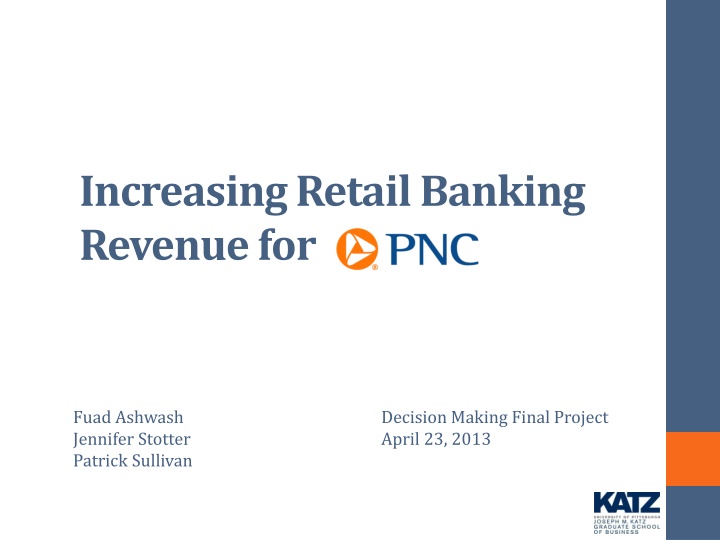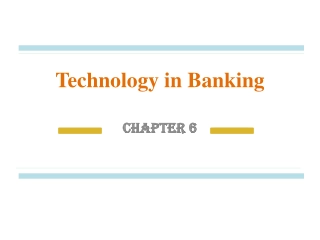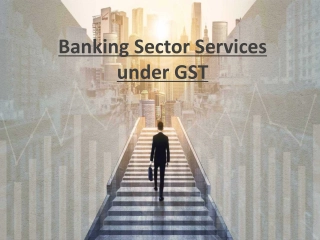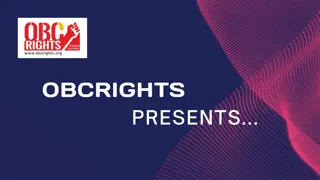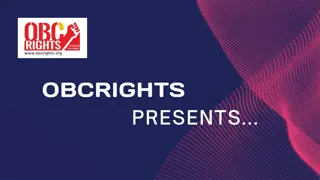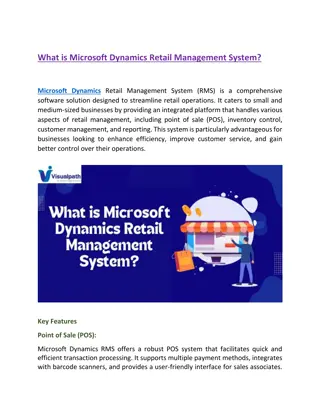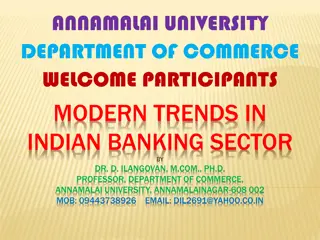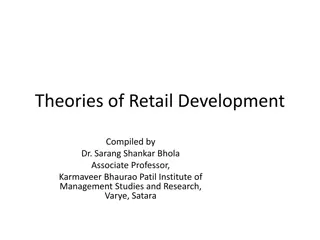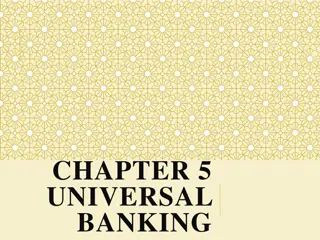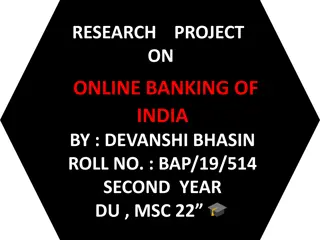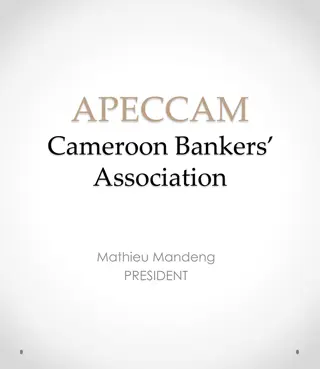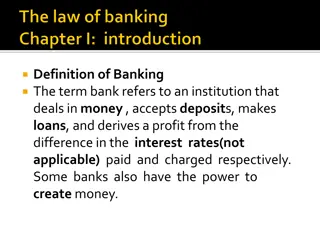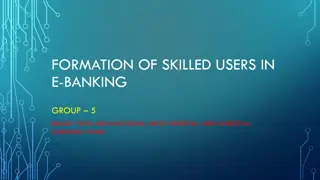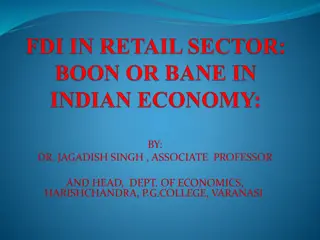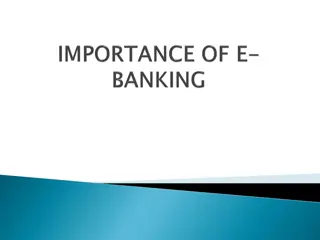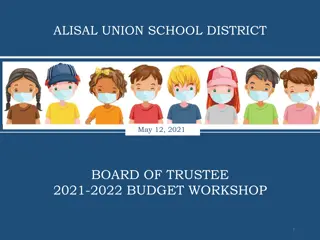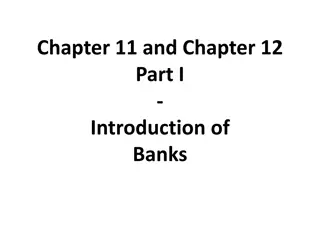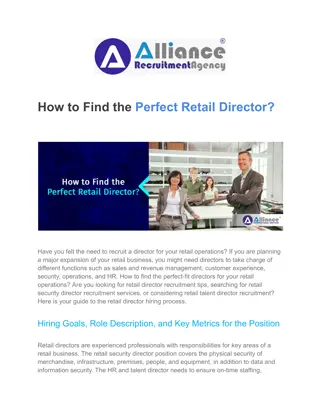Increasing Retail Banking Revenue Strategies
In this project, strategies to boost retail banking revenues for Fuad Ashwash, Jennifer Stotter, and Patrick Sullivan are explored. The focus is on overcoming challenges in the banking industry and enhancing customer service through mobile banking services, green buildings, and image revamping. The model delves into benefits, opportunities, costs, and risks across political, social, and economic criteria. By prioritizing economic subsets, the best long-term option identified is to improve customer service experience.
Download Presentation

Please find below an Image/Link to download the presentation.
The content on the website is provided AS IS for your information and personal use only. It may not be sold, licensed, or shared on other websites without obtaining consent from the author.If you encounter any issues during the download, it is possible that the publisher has removed the file from their server.
You are allowed to download the files provided on this website for personal or commercial use, subject to the condition that they are used lawfully. All files are the property of their respective owners.
The content on the website is provided AS IS for your information and personal use only. It may not be sold, licensed, or shared on other websites without obtaining consent from the author.
E N D
Presentation Transcript
Increasing Retail Banking Revenue for Fuad Ashwash Jennifer Stotter Patrick Sullivan Decision Making Final Project April 23, 2013
With Increasing Challenges Facing the Banking Industry, How Does PNC Increase Revenues? 2
The Alternatives Improving customer service experience More mobile banking services Green Buildings Revamping public image 3
The Model Benefits | Opportunities | Costs | Risks Control Criteria Political | Social | Economic Strategic Criteria CFO | Shareholders | Customers 4
Benefits Opportunities Economic Revenue Streams Green Benefits Non-profit Partnerships Social Public Image Investor Relations Political Regulatory Compliance Political Image Economic Improved Efficiency First Mover Social Markets Public Relations Political Federal Regulations Political Action Committees Risks Costs Economic Technology Cyber Crime Real Estate Social Jobs Image Demographics Political Healthcare Relations with Politicians Future Political Action Economic Cost of Implementation Staffing Marketing Expenses Social Public Perception Media Outlets Political Regulatory Political Relationships Memberships 5
Snapshot of Pairwise Comparisons 8
Overall Results Using the additive negative formula (bB +oO cC rR) to determine the best option for the long term, we see the following: In the long term, the best option is Improve Customer Service Experience. 11
Conversely, using the multiplicative formula (BO/CR) to evaluate options for the short term, we find: Again, the best option is to Improve Customer Service Experience. Between these two tests, we see that regardless of time considerations, the preferred plan of action is to Improve Customer Service Experience in order to achieve the stated goals. 12
Questions? 13
